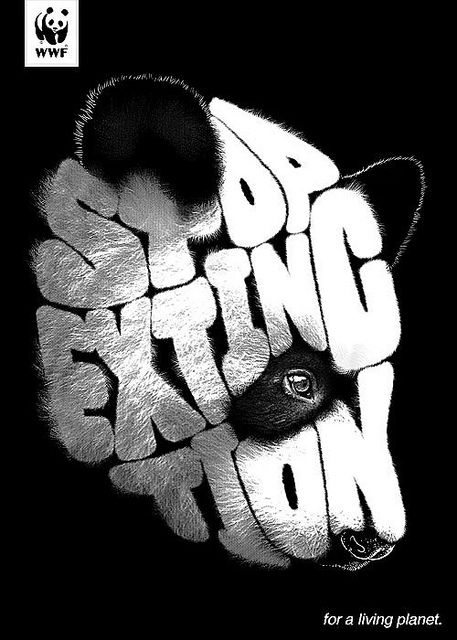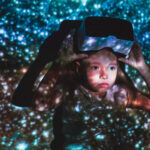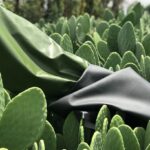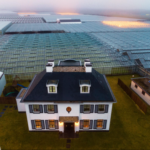In this lecture, the subject of the Anthropocene era has been introduced again to explain further the impact of humans on the ecosystem throughout the decades. The ‘Anthopocene.com’ website shows trends in information about the socio-economic and earth system. If we focus our attention on the ‘Great acceleration’ period of 1940-50, we notice the impact that the economy has had on the planet. Over the years, humanity has contributed to many changes in nature and most of the time, the future consequences were not understood or even considered. As an example, we can talk about the mass extinction that has been happening for so many years, reaching a moment where we are not able to hear the sounds of some species but only see old paintings of them. In the book ‘The Sixth Extinction – an unnatural history’ by Elizabeth Kolbert, questioning humankind about this issue, asking “is this humankind legacy?”. Are we consciously allowing this to happened?
At this moment in time, we coexist with 90% domesticated animals and only 10% of the animals on our planet are wild. This data shows a huge difference between the two and also the risk of reaching the end of the wild living creatures.
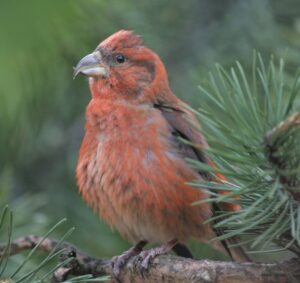 Photo by Danny Green (2017)
Photo by Danny Green (2017)
This is an image of a Scottish Crossbill which is a risk of extinction caused by climate change. I wanted to include this bird because it is the only British bird specie that is found nowhere else in the world.
I found myself agreeing with Donna Haraway on the argument she proposes about Anthropocene in the ‘Environmental Humanities Journal’. Haraway’s version of Anthropocene is Chthulucene (which comes from a mythical figure represented as many-tentacled being), explaining ‘make kin, not babies’. Her approach is to prioritize the relationship between the already existing people and organism, instead of reproducing ourselves.
How can we give a future to new generations if we are not taking care of our present?
This question came to me while I was reading Haraway’s work. I believe that the consideration of the relationship between human and non-human is fundamental to move forward to a more sustainable living.
